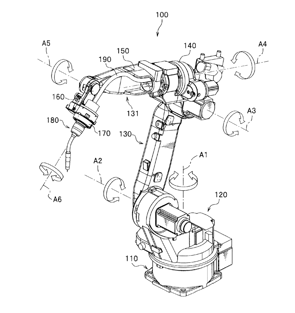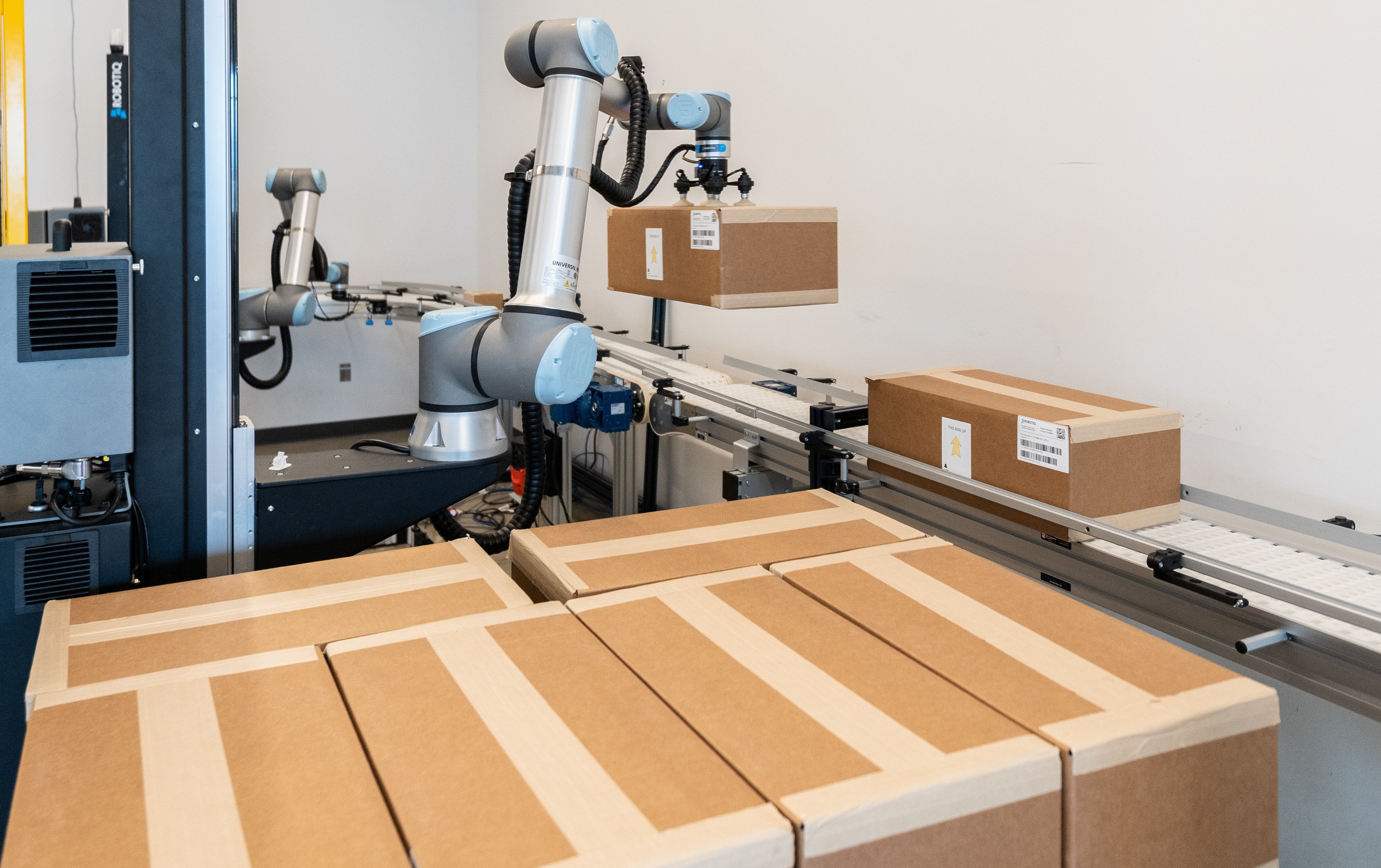Debunking People's Perceptions of Robots

Posted on Jul 09, 2015 4:51 PM. 5 min read time
Most people that are reading this blog are usually ''insiders'' of the robotic market, either in the industrial or research world. And if you are working on developing robots, I am sure that most of you receive the exact same reaction when you tell someone that you work with robots! Something like: ''WOOOW, no kidding!'', '' That is the future.'', ''Robot are sooo cool!'' and the list goes on! But aside from this reactions from the general public, what is the actual status of robotics in the ''real world''?
Everyone thinks you are a working on R2D2
 It's been a running gag with a bunch of my friends that I am working on R2D2, it is pretty funny and I just go along with it. But basically, people don't really know what robotics is all about. There is a major gap between the R2D2 of Star Wars and the actual industrial/collaborative robots that I am working with daily. Most people think that a robot is some kind of humanoid that is capable of talking and advanced reflections. When we are looking at challenges like the Amazon Picking Challenge where contenders were asked to pick objects in a bin using a vision system, a robot arm and any type of griping mechanism, you can tell that we are pretty far from robots that can speak different languages, drive a spaceship, carry political information, launch light sabers at the exact position when needed and unlock complex/encrypted doors to access a secret chamber. In fact, robots are now dedicated to doing single tasks and are pretty bad at multi-tasking.
It's been a running gag with a bunch of my friends that I am working on R2D2, it is pretty funny and I just go along with it. But basically, people don't really know what robotics is all about. There is a major gap between the R2D2 of Star Wars and the actual industrial/collaborative robots that I am working with daily. Most people think that a robot is some kind of humanoid that is capable of talking and advanced reflections. When we are looking at challenges like the Amazon Picking Challenge where contenders were asked to pick objects in a bin using a vision system, a robot arm and any type of griping mechanism, you can tell that we are pretty far from robots that can speak different languages, drive a spaceship, carry political information, launch light sabers at the exact position when needed and unlock complex/encrypted doors to access a secret chamber. In fact, robots are now dedicated to doing single tasks and are pretty bad at multi-tasking.
Robots can have some kind of reflection, but for very specific stuff. Take the example of ''machine learning'' applications that allow the robot to ''learn'' and ''decide'' what is the best way to carry an object from one point to another, this is pretty much where the science is right now.
Workforce issue
Recently I went back to the machine shop where I used to work while I was working on my degree and quickly found out that the older employees on the job immediately identified me as a threat to their jobs, since I was working for a robotic company. My goal in life is not to put people out of work and replace them with robots. My (our) job is to help people who are doing redundant, dangerous and non-ergonomic tasks to be aided in their work and to expand their jobs to include more interesting objectives, like adding value to the manufacturing process. Instead of running around the plant feeding two CNC machines along with your other tasks, well you could simply do the tool setups and quality assurance during the time the robots are feeding the machines. Robots like Yumi (shown in the picture) are designed to work alongside humans to assist them in their daily jobs. And, Yes, to increase productivity, but also to reduce the workload on employees. And if you don't think this is possible, check out these case studies.

I think this is also a cultural issue. In fact, since the invention of robots, the unemployment rate has not increased, this is the same thing as the computer, it did not kill our economy. It is a question of shifting the workforce to other tasks. Yes, it can take time for a population to adapt to such changes but the baseline is, the robots will not steal more jobs than computers or looms did.
Robots are the future
People also think that robots are some kind of futuristic machine that will be everywhere in a couple years from now. But robotics is not a thing of the future, it is an existing concept. We do not necessarily recognize it, but simple robots surround us every day. With the constant rise of robotization in the manufacturing process, more and more people are getting used to working with robots in all spheres of the market. With the constant reduction of product pricing, the way to reduce manufacturing processing time and costs can only be accomplished by automation. Industries that will be able to succeed, and survive, and keep their manufacturing processes in a developed country will probably do it by using automation. This is probably the major reason why ''robots are the future'', and why they will be part of our future, but as some people say: ''The future is now''.
Robot are complex!
The marketing around robots makes it look like robots are easy to use. Even if they really are getting easier to use, there are still some major challenges when using these devices. I am always disappointed to learn that a company has bought robots for a given application and then decided to abandon the process, because they were not able to keep up with the programming pace often required with automation projects. They needed more qualified programmers and it was easier to find welders or machine tenders, than programmers who want to work in manufacturing and not in game development. So with the downfall and devaluation of manufacturing jobs, it is still tougher to find people to program/integrate a robot than it is to find an actual welder or machinist. This is the cruel reality of the North American market as I know it. A bunch of shops wanting to automate and for various reasons deciding to abandon their project. As I am fond of saying: integrating or realizing a project uses the 80/20 rule. It takes 20% of the time/energy to achieve 80% of the work and the remaining 20% takes 80% of the effort. So, for these companies, it is difficult to reach this level of automation complexity which is necessary for process improvement. Even if the investment will pay off later, it wasn’t a good option to do it now, so they dropped the robot project and continue to do it the old-fashioned way.
But this is changing.

Robot manufacturers are aware of these problems and are coming out with easier ways to use robots. Passing from conventional programming methods to hand-guided robot teaching has made the difference in various shops. Especially for those processes that need to have a fast setup or changeover, it makes more sense to teach 4-5 points to the robot and determine trajectories this way instead of using complex programming methods. Collaborative robots are using this technology and this is one of the reasons that make them so popular and easy to use. Devices such as Kinetiq Teaching are also tools to enhance productivity in the robotic welding process. I know that a bunch of robot manufacturers are developing easy to use teach pendants to close the knowledge gap for workshops that are looking for robot programmers.
Hopefully as all this technology is deployed, it will help close the gap between sci-fi and reality, and in the process teach people what robotics is really about. Then maybe someday, when I will tell someone that I am working on robots, this won't be any different than working with computers or any other type of tool.








Leave a comment